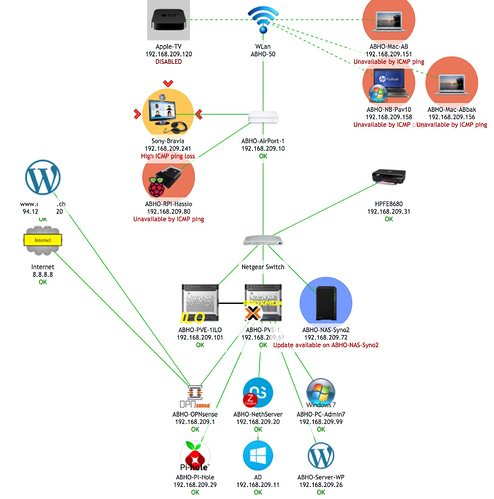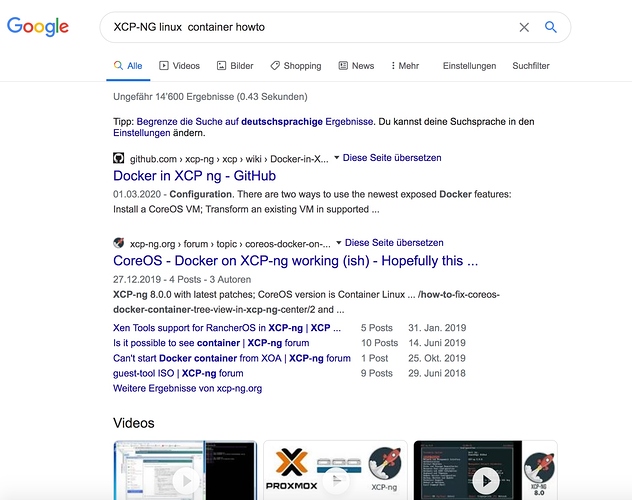Dear Community
I’d appreciate some guidance on how to properly build a new home server environment with Nethserver.
The background: I currently have a Ubuntu system which is about 11 years old now and has switched hardware a couple of times. All the configuration has been handcrafted but that means that the big upgrades between LTS versions are getting tedious. And it’s a 32-bit OS. So time to change. Having looked around a bit I concluded that Nethserver would probably be my best option as almost all of what I currently use is built-in or there is a module.
At this point I have a dilemma how to set it up.
My currrent system has a mdadm RAID1 mirror, and I’ve been happy with that as a certain level of protection (I could be doing backups better), so was happy to see that Nethserver can take care of that. But I also reckon that some of my tasks might be best run in a little VM on the side rather than manually installing things into the Nethserver. While looking into running VMs on NS I saw that some suggest running NS on top of Proxmox and having the other VMs alongside NS rather than within it. But then we have questions of how to manage the disks (RAID with MDADM is problematic? ZFS with its overhead?).
I’m happy running regular old-fashioned Linux systems but I have no experience (or very minimal) with virtualisation and containers and the new filesystem types and so on and don’t have the time any more to be learning a lot. So I’m looking for a relatively simple solution consistent with what I know. (Hence the current preference for a lightweight VM or two rather than containers for things like my own web pages and scripts)
I tend to reuse old hardware and expect to run the new server on an old laptop with 8GB of RAM and a 750GB HD to which I intended to add another 750GB HD for the mirror. Now I am wondering whether the Proxmox idea is a good one but rather than using a mirror I’d do better to run the system using a lightweight filesystem on one drive and use the other drive (maybe bigger than the current one) to keep snapshots and so on of the VMs. Is there a merit to that approach?
Given what I’ve described, how would an experienced reader suggest I set my system up? Now and again I have thought about putting the server in the cloud instead but there always seem to be benefits to having it locally.
I’m happy to answer any questions about the details to help refine the advice.
Thanks



 …
…